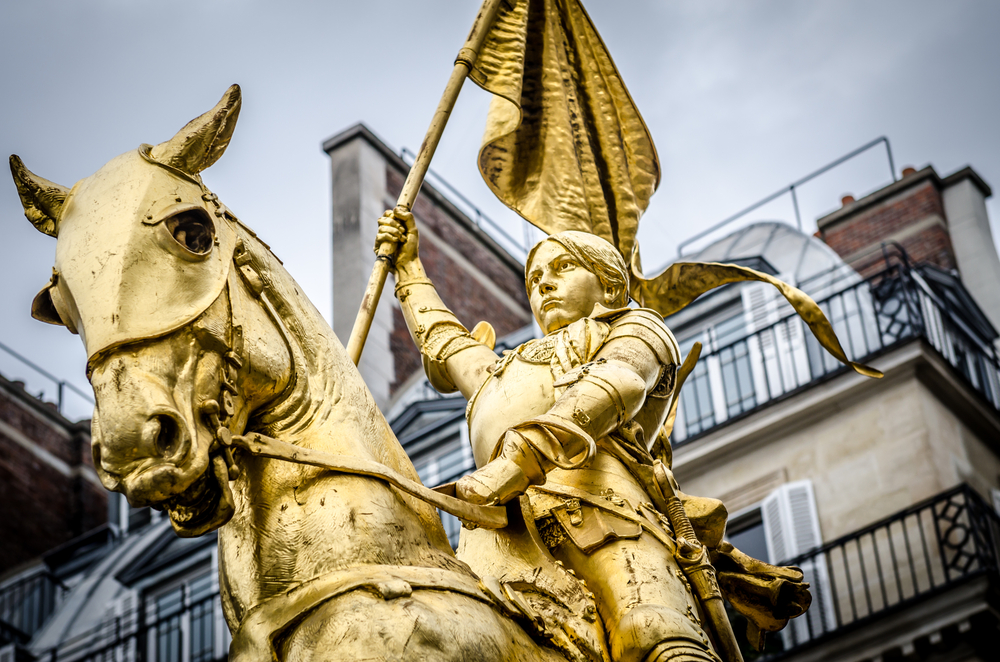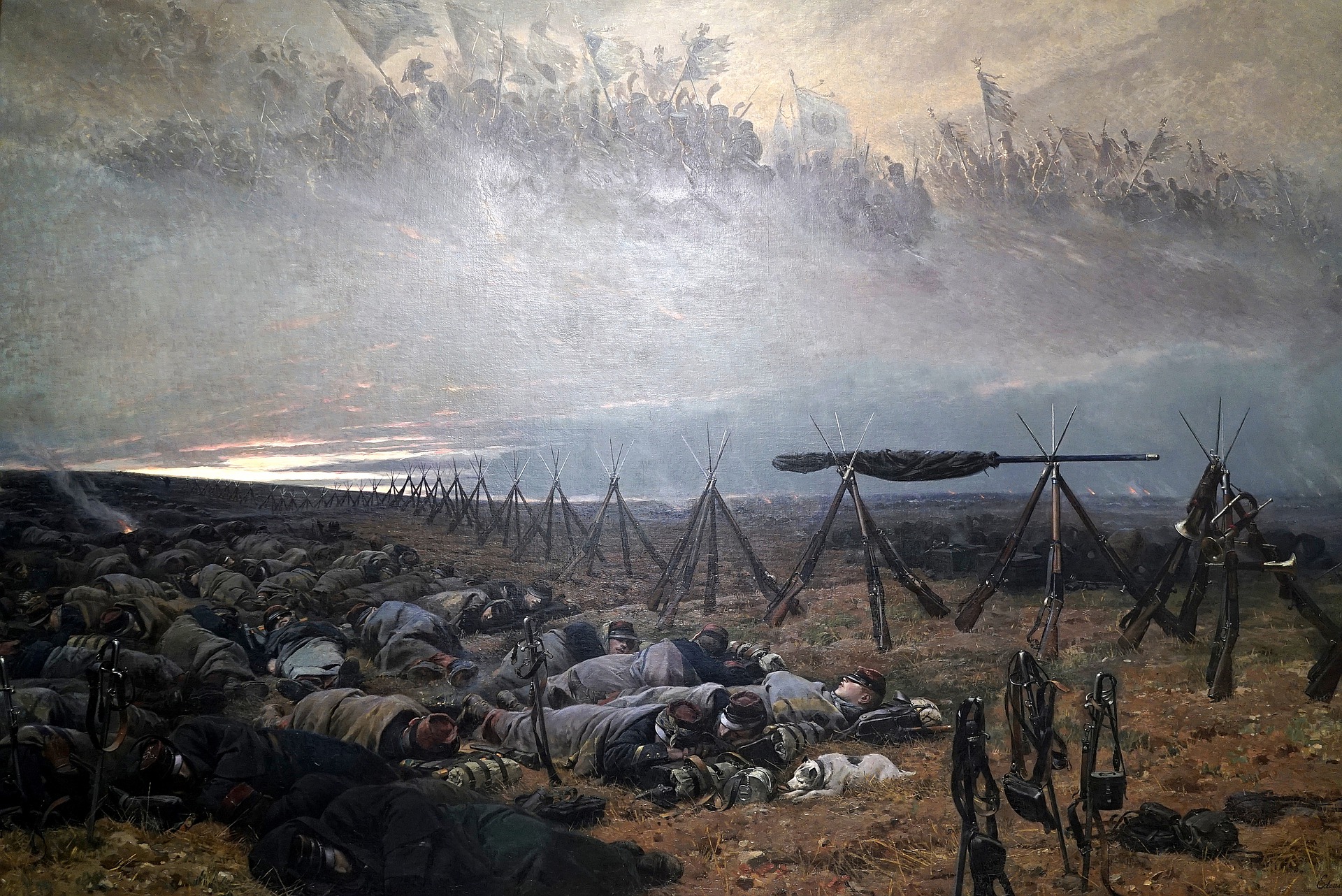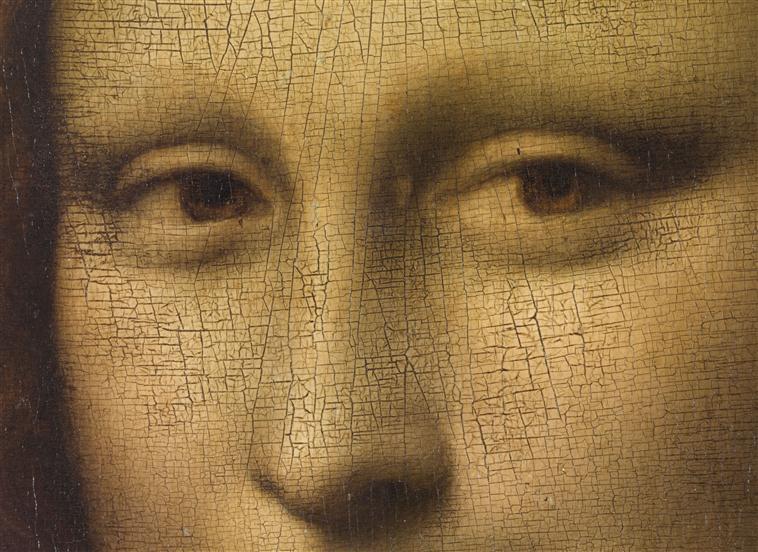Reading Time: 2 minutes
- From 1337 to 1453, the kingdoms of France & England engaged in a series of battles (later known as the Hundred Years’ War), fought mainly because the kings of England from 1337 claimed they should be ruling France.
- The disciplined English regularly defeated the much larger French armies, winning battles in 1340, 1346, and 1356.
- The king of France was forced to give up a region in 1360, which his son reclaimed in 1380.
- After a break of about 35 years, England, under the leadership of King Henry V, renewed the war efforts and captured more French territories (between 1415 and 1424).
- Later, Henry V married the French King Charles VI’s daughter and announced that their son would be the heir.
- Charles VI’s son Charles VII was declared illegitimate and, therefore, unfit to rule.
- Joan of Arc was born in a peasant family in 1412, and while she was not taught to read or write, her religious mother instilled in her a strong devotion to the Catholic Church.
- At age 13, she said she heard voices from God telling her she was on a mission to save France from England; at 16, she took a vow of chastity and never married.
- In 1428 (age 16), she approached Charles VII and promised that she would make sure he was crowned the king of France.
- After much resistance by those in Charles VII’s camp, she was allowed to lead an army to Orléans, a territory then under siege from the English.
- At 17, dressed in men’s clothes (a big deal at that time), she rode a horse and led the French to victory, reinstating Charles VII as the king of several territories (along with Orléans).
- She later tried to convince Charles VII to take back Paris from England, but he wavered; also, many people in Charles VII’s team started thinking Joan was becoming too powerful.
- In 1430 (age 18), during another battle, she was captured and ordered to answer charges against her, including witchcraft and dressing like a man.
- Charles VII distanced himself from Joan and made no attempts to negotiate her release.
- In 1431, under the threat of death, she signed a confession denying that she had ever heard God’s voice.
- She was ordered never to wear men’s clothing again, but she disobeyed the order; officials later sentenced her to death, and she was burned at the stake.
- After her death, she became more popular and has since been the inspiration behind many works of art and literature; she was declared a saint in 1920.
Image courtesy of Black Mac through Shutterstock
Reference shelf :






















